Exploring the Science of "Dry Burning" Detection: Methods and Insights
Overview of Dry Burning and Its Importance
**Dry burning**, also known as "dry heat" or "thermal overloading," refers to a condition where devices or equipment operate without proper cooling or lubrication, leading to excessive heat generation. This phenomenon is common in industrial equipment, home appliances, and even laboratory settings, posing risks such as equipment damage, safety hazards, and reduced efficiency. Understanding how to detect and manage dry burning is crucial for maintaining operational safety and prolonging equipment lifespan.
Sampling for Dry Burning Detection
Proper sampling is essential for accurate dry burning detection. Samples may include: - **Surface residue analysis**: Scraping of burnt residues from equipment surfaces. - **Material composition testing**: Collecting affected materials like metals or ceramics for analysis. - **Environmental air sampling**: Measuring airborne particles or gases emitted during dry burning. Care must be taken to collect representative samples from affected areas to ensure reliability in results.
Key Detection Parameters
Detection focuses on several critical parameters to assess the presence and severity of dry burning: - **Temperature anomalies**: Unusually high temperatures in specific areas. - **Surface discoloration**: Changes in color or texture indicative of overheating. - **Chemical byproducts**: Detection of compounds like carbon monoxide, soot, or volatile organic compounds (VOCs). - **Structural integrity**: Analysis of cracks, warping, or material degradation caused by excessive heat.
Instruments Used in Dry Burning Detection
State-of-the-art instruments play a vital role in detecting dry burning, such as: - **Infrared thermometers**: For non-contact temperature measurements of surfaces. - **Thermal imaging cameras**: To capture heat maps and identify overheating zones. - **Gas analyzers**: To detect and quantify chemical byproducts. - **Microscopes and spectroscopy tools**: For detailed material analysis and identification of microstructural changes.
Methods for Accurate Dry Burning Detection
The detection process involves a combination of advanced techniques: 1. **Thermal scanning**: Continuous monitoring of temperature distributions using thermal imaging. 2. **Chemical analysis**: Employing gas chromatography or mass spectrometry to analyze byproducts. 3. **Material stress testing**: Evaluating mechanical properties under simulated thermal conditions. 4. **Visual inspection**: Identifying surface damage or discoloration through microscopic examination. By integrating multiple detection methods, accuracy and reliability in diagnosing dry burning incidents are greatly enhanced.
Conclusion
Detecting and managing dry burning is a critical aspect of equipment maintenance and safety. Leveraging advanced instruments and comprehensive testing methods can help identify early signs of overheating, prevent equipment failure, and enhance operational efficiency. Regular monitoring and prompt intervention are key to mitigating the risks associated with dry burning, ensuring both safety and longevity of systems.

检测资质(部分)
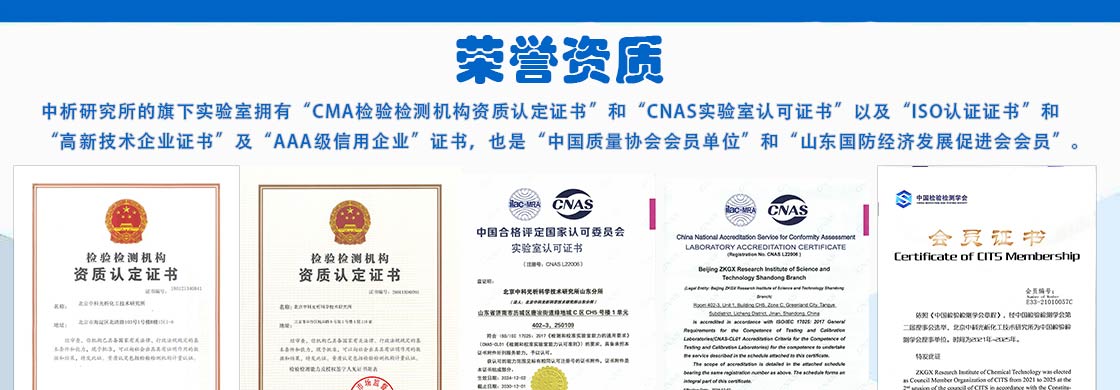
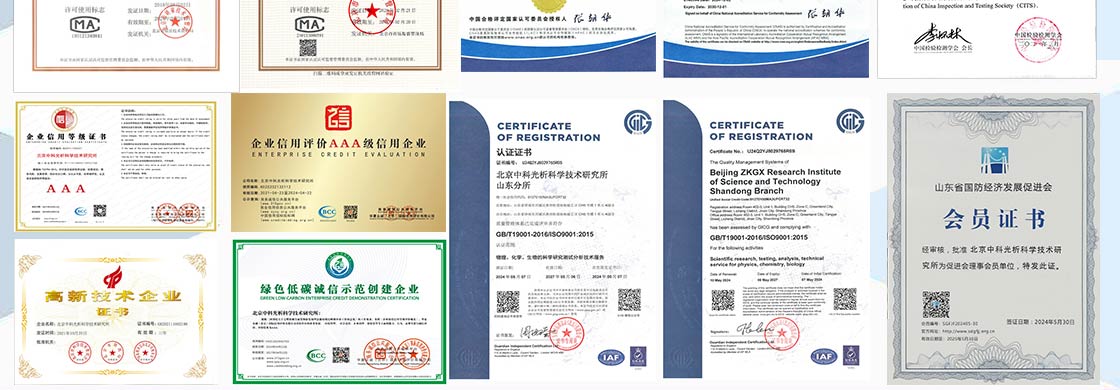
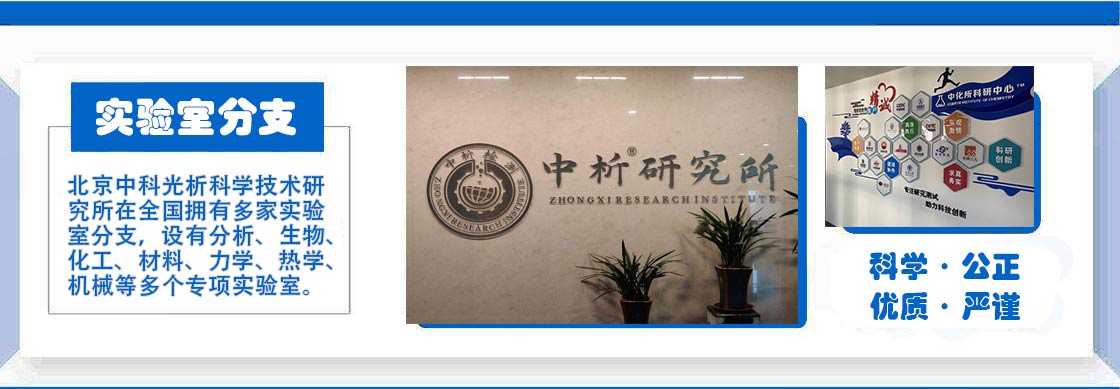
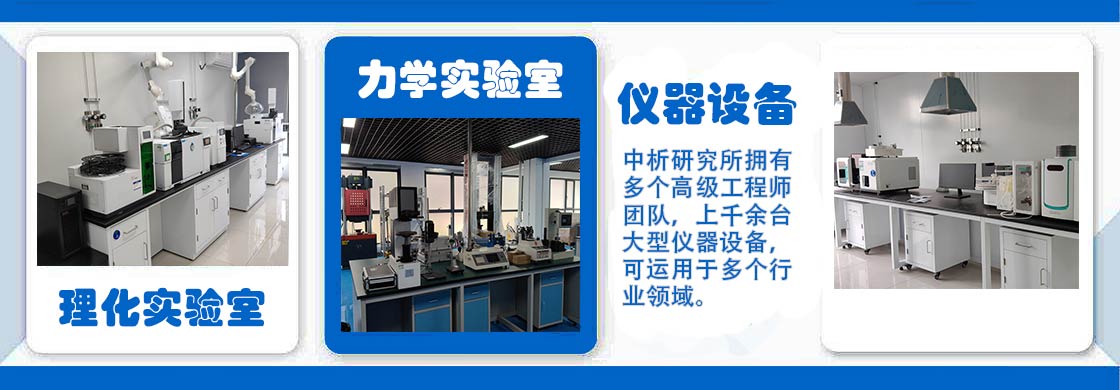
检测实验室(部分)



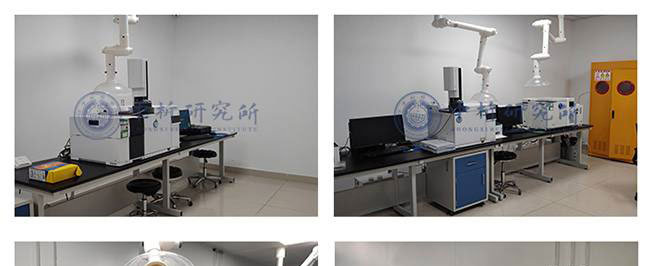
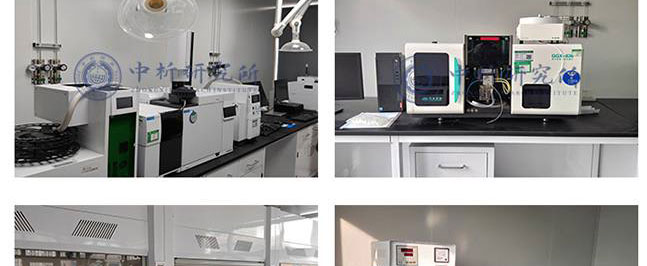
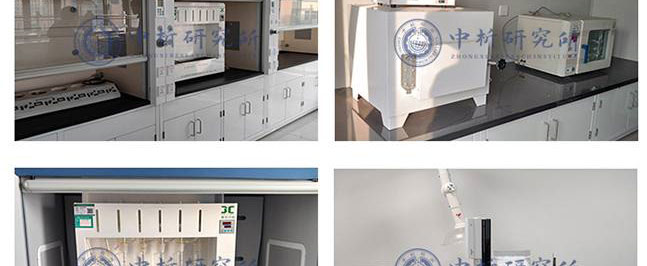
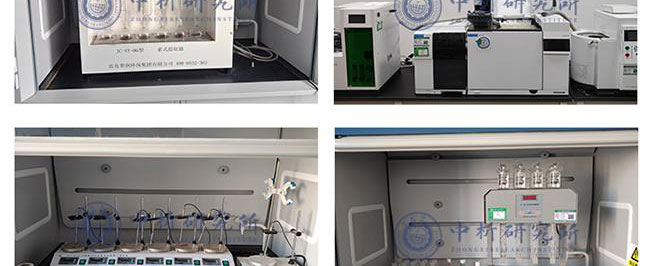
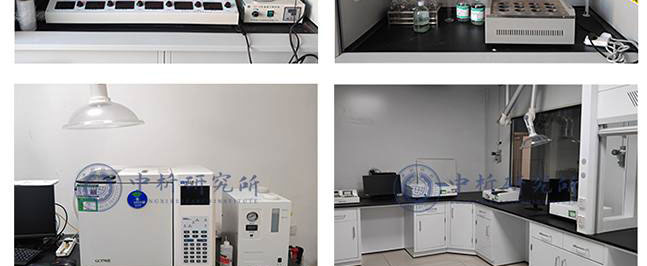
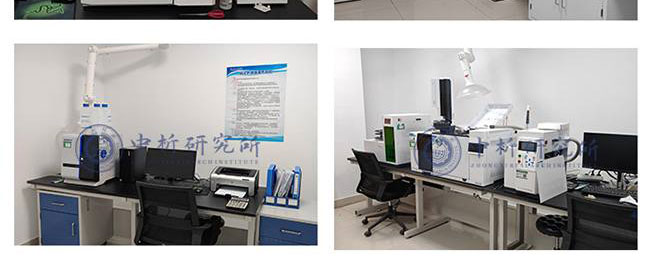
合作客户(部分)





检测报告作用
1、可以帮助生产商识别产品的潜在问题或缺陷,并及时改进生产工艺,保障产品的品质和安全性。
2、可以为生产商提供科学的数据,证明其产品符合国际、国家和地区相关标准和规定,从而增强产品的市场竞争力。
3、可以评估产品的质量和安全性,确保产品能够达到预期效果,同时减少潜在的健康和安全风险。
4、可以帮助生产商构建品牌形象,提高品牌信誉度,并促进产品的销售和市场推广。
5、可以确定性能和特性以及元素,例如力学性能、化学性质、物理性能、热学性能等,从而为产品设计、制造和使用提供参考。
6、可以评估产品是否含有有毒有害成分,以及是否符合环保要求,从而保障产品的安全性。
检测流程
1、中析研究所接受客户委托,为客户提供检测服务
2、客户可选择寄送样品或由我们的工程师进行采样,以确保样品的准确性和可靠性。
3、我们的工程师会对样品进行初步评估,并提供报价,以便客户了解检测成本。
4、双方将就检测项目进行详细沟通,并签署保密协议,以保证客户信息的保密性。在此基础上,我们将进行测试试验.
5、在检测过程中,我们将与客户进行密切沟通,以便随时调整测试方案,确保测试进度。
6、试验测试通常在7-15个工作日内完成,具体时间根据样品的类型和数量而定。
7、出具检测样品报告,以便客户了解测试结果和检测数据,为客户提供有力的支持和帮助。
以上为Exploring the Science of "Dry Burning" Detection: Methods and Insights的检测内容,如需更多内容以及服务请联系在线工程师。





